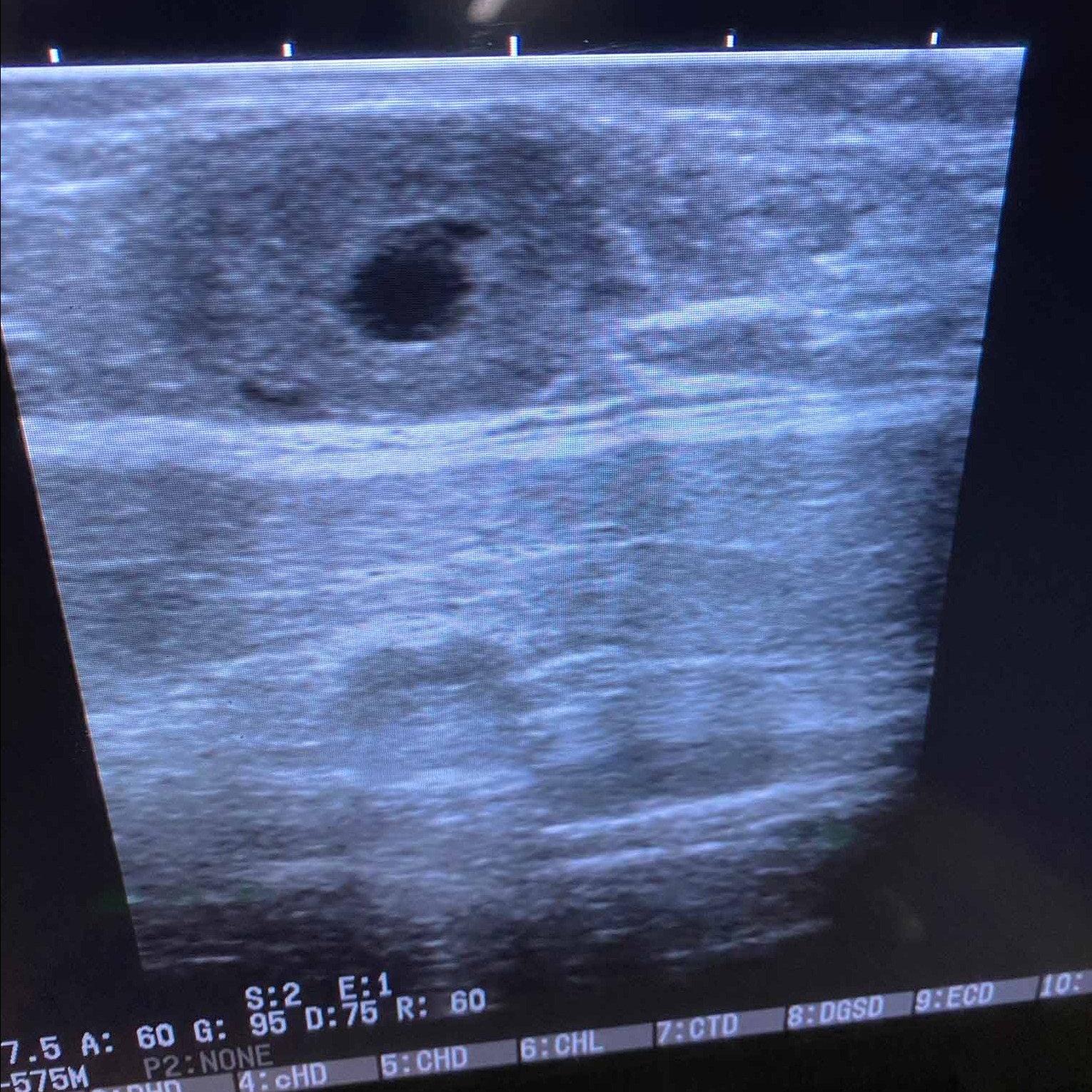Beef researchers look to decipher genetic key to high female fertility

NSW Department of Primary Industries researchers involved in the Southern Multi Breed project hope to improve herd fertility performance by unlocking genetic patterns in heifer puberty.
NSW Department of Primary Industries technical officer Renee Rippon said that with female reproductive rate being a main profit driver for the beef cattle industry, recording this data will positively impact producers in the long run.
“Measuring heifer puberty is not something many producers do because it’s difficult and time consuming, but it’s these traits that will have huge outcomes for their profit margins,” she said.
“Females with poor fertility impact profitability of beef producers because they’re slower to reach puberty or return to oestrus post-calving, despite being a similar age and under the same environmental conditions are females who are achieving these goals.”
Following weaning, every heifer involved in the $7.3 million, Southern Multi Breed project, which aims to record a variety of hard-to-measure traits of economic importance to the beef cattle industry, is assessed every 28-35 days until they reach puberty.
This includes recording weight, hip height, P8 fat measure and conducting an ovarian scan using an ultrasound to determine if they’ve reached puberty since their last assessment.
Ms Rippon said the most exciting aspect of this process is finding the corpus luteum for the first time in a heifer.
“When she reaches puberty, she'll ovulate and once that egg has ovulated from the ovary, a structure forms on the ovary which is called a corpus luteum,” she said.
“When we see it appear on screen, we get excited because it means she’s been ovulating since the last time we scanned her and it means we can then establish her age of puberty.”
Ms Rippon said the team will then measure how many follicles are present on each of the heifer’s ovaries and the size of the largest follicle. This helps assess the follicular waves patterns.
“As a rough estimate, she might have between five and 20 follicles per ovary. From there, using the ultrasound index, we can measure the size of the biggest follicle which might range between 3mm and 15mm,” Ms Rippon said.
“The bigger the follicle gets, the closer it is to ovulating and forming the corpus luteum, so it’s all quite interesting information we’re collecting.”
In addition to age of puberty, in the coming months we will also commence scanning two-year-old heifers post-calving to determine differences in return to oestrus.
Ms Rippon said these recorded traits will go toward providing foundation data for development and potential inclusion in BREEDPLAN of new EBVs (Estimated Breeding Values) for a wider range of traits that impact commercial profitability.
“Once we've done this for a few years and gathered enough data, and we can look at the roles that genetics is playing when it comes to individual maturing timeframes, both across breeds and within breed,” Ms Rippon said.
“It's definitely something that industry can take a lot from to boost their productivity in the longer term.”
The $7.3 million-dollar Southern Multi Breed project is co-funded by NSW DPI, UNE, MLA and the Commonwealth Government through the MLA Donor Company (MDC).